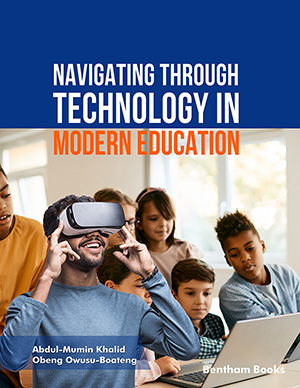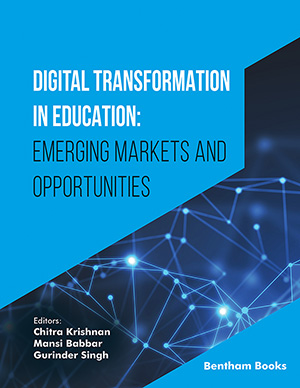Abstract
Gone are the days when the purpose of higher education was the pursuit of knowledge at a higher level for deeper understanding. In-depth knowledge fosters a greater understanding of the real world, which in turn promotes science and technology for decent living and eventually for the betterment of mankind. Education to fetch a good job, preferably plum jobs, has become the order of the day, but the percentage of students, who construe education for jobs with attractive salaries, has consistently been high in the decent decade, more pronounced after the onset of globalization in India since the early 1990s. Employers prefer a problem solver, and all they (employers) expect is not to rush to make decisions based on impulses. Almost, problem-solving has become an unwritten tacit job description. It is in this context that there is a need to dwell upon the expectations of employers, not only in business companies but also across all sectors. Critical thinking and problemsolving are the major skills that are expected of candidates for reasons better known to employers, but still, there is an academic interest in terms of understanding the concepts and illustrations of critical- thinking and problem-solving skills. To fill this gap, it is recommended to have the students get educated in their early stage of education. Hence, an attempt is made in this paper to bring to light the nuts and bolts of both (i.e., the detailed practical aspects of critical thinking and problemsolving) to enlighten the students, educational trainers, and academicians. The real challenge lies in transpiring the pedagogy of critical thinking and problem-solving to students and the prospective employees of different companies of all sectors of the economy.
Keywords: Critical thinking, problem-solving, research and development, common sense, skills education system.
[http://dx.doi.org/10.1177/016146814204300507]
[http://dx.doi.org/10.1080/00405849309543588]
[http://dx.doi.org/10.1080/02602930600848218]
[http://dx.doi.org/10.1007/978-3-030-66869-3_6]
[http://dx.doi.org/10.1007/978-981-13-2808-4_3]
[http://dx.doi.org/10.1038/scientificamerican0463-118] [PMID: 13986996]
[http://dx.doi.org/10.1080/1356251990040408]
[http://dx.doi.org/10.1080/135625102760553928]
[http://dx.doi.org/10.1016/j.sbspro.2011.12.144]
[http://dx.doi.org/10.5937/IJCRSEE1701049N]
[http://dx.doi.org/10.1111/j.1467-9620.2004.00376.x]
[http://dx.doi.org/10.1177/016146819810000110]
[http://dx.doi.org/10.1177/016146810710900101]
[http://dx.doi.org/10.1016/j.sbspro.2015.02.161]
[http://dx.doi.org/10.29333/iji.2019.12169a]
[http://dx.doi.org/10.1007/BF00056223]
[http://dx.doi.org/10.5840/inquiryct20132828]
[http://dx.doi.org/10.1037/0003-066X.34.10.906]
[http://dx.doi.org/10.1023/A:1003088013286]
[http://dx.doi.org/10.1007/s11423-020-09867-1] [PMID: 33192034]
[http://dx.doi.org/10.1515/9781400828678]




















